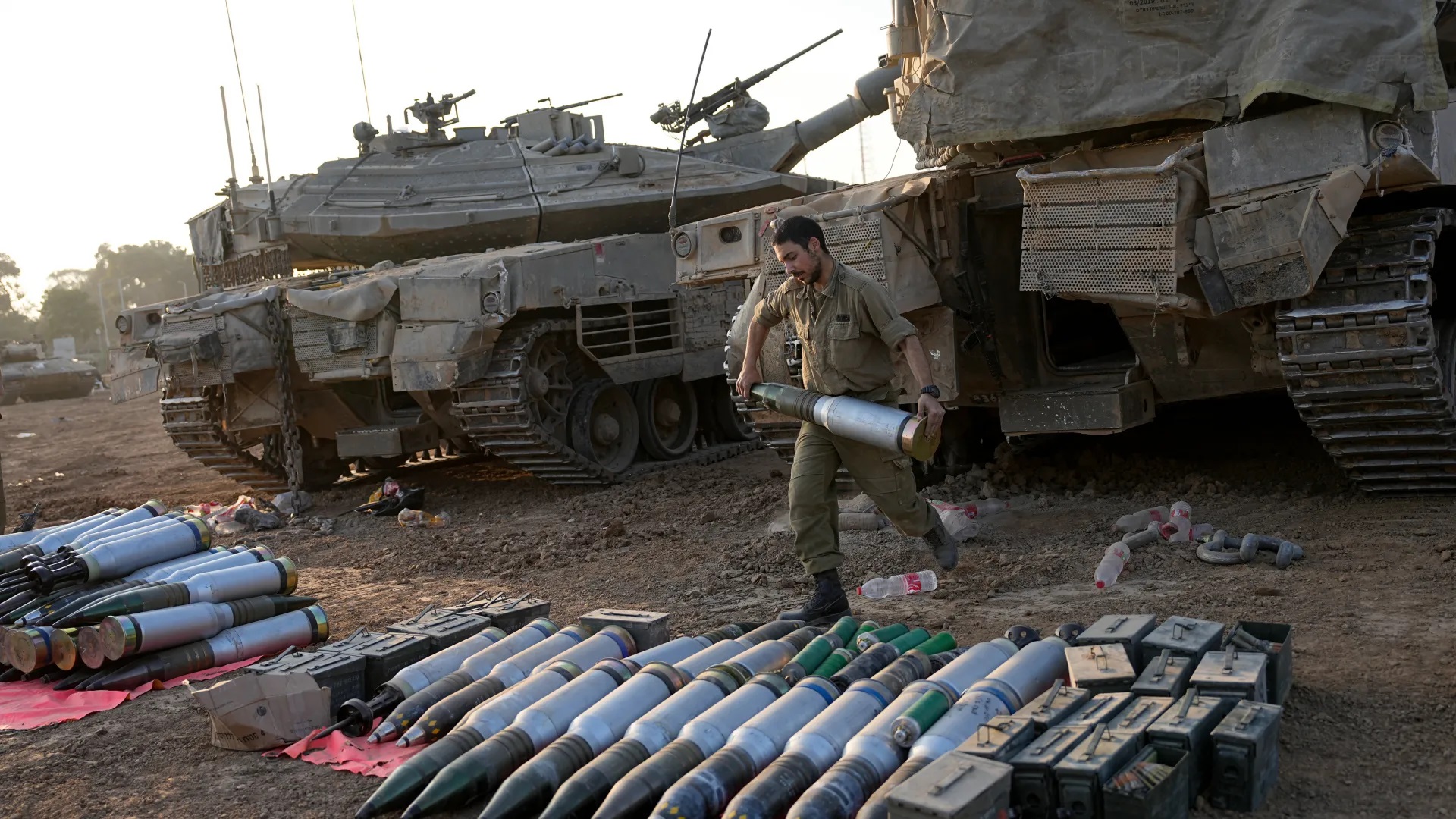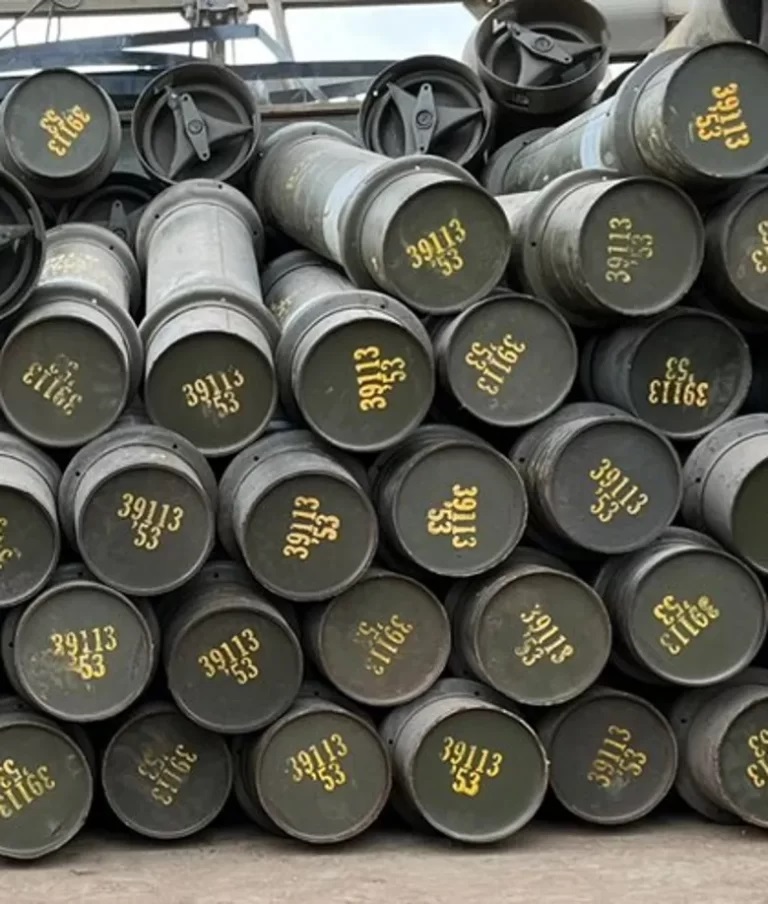Ammunition Chaos: Challenges of Outdated Arsenal in the Gaza War

Watan-The Israeli newspaper Haaretz revealed that the occupying army used explosives dating back to 1953 and shells bearing the slogan “for training only” in the war on the Gaza Strip.
The newspaper cited reserve soldiers from various ranks in the occupying army reporting numerous irregular ammunition shipments, causing logistical nightmares and operational errors, increasing the risk of misfires and shell launches.
It added that during the initial months of the war, the mobilization of reserve soldiers was substantial, filling personnel shortages. However, there was a need to conserve ammunition, leading to the use of shells from the Korean War with almost expired validity. Fluctuating ammunition supplies posed logistical and operational headaches, significantly increasing the rate of misfired rounds and aiming errors.
The ammunition problem was particularly acute in the artillery, where it is believed that the cannons purchased from the U.S. Army in the 1970s had reached the maximum limit of their mechanical efficiency.
Former Captain Raz Hemlish, former commander of Battalion 411, wrote in the military magazine Ma’arachot in 2021: “The cannons purchased from the U.S. Army in the 1970s have reached the end of their mechanical efficiency, and they are expected to reach the final depreciation stage in the next decade.”
Meanwhile, Haaretz spoke to a reserve soldier stationed at a battery in the north who requested anonymity.
The soldier said, “The situation was chaotic at the beginning of the war… There was a crazy shortage of equipment, and the tools were operating at half their capacity. So, half of them worked, and half didn’t.”
American Armament
In 2023, the United States began transferring hundreds of thousands of these shells from emergency stores in Israel to Australia.
However, Washington changed the trajectory of the shells again after the war on Gaza and the confrontations on the border with Lebanon, beginning to send massive quantities of weapons to Israel.
The 155mm shells formed a significant part of the military aid received from the United States at an unprecedented rate, by air and sea.
Soldiers were told that the problems partly stemmed from the desire to conserve ammunition in anticipation of worsening conflict in the north.
A reserve officer stationed in the south told the Hebrew newspaper, “Our share of ammunition was zero… to the extent that we would say, ‘We have nothing,’ sometimes.”
The management of existing weapons led to the accumulation of ammunition from all over, creating rampant chaos.

Shipments arrived at varying rates, sometimes daily and other times once a week.
Reserve soldiers, even veterans of the Second Lebanon War, reported never encountering this phenomenon before.
The shortage of ammunition made the forces adapt as best they could, causing “massive chaos”. Shipments were not received regularly, sometimes arriving daily and other times once a week or every two weeks, a situation never experienced even by reserve soldiers who participated in the Second Lebanon War.
Additionally, each shipment required adjusting the designated cannon by firing two or three shells in an open space to verify accuracy.






